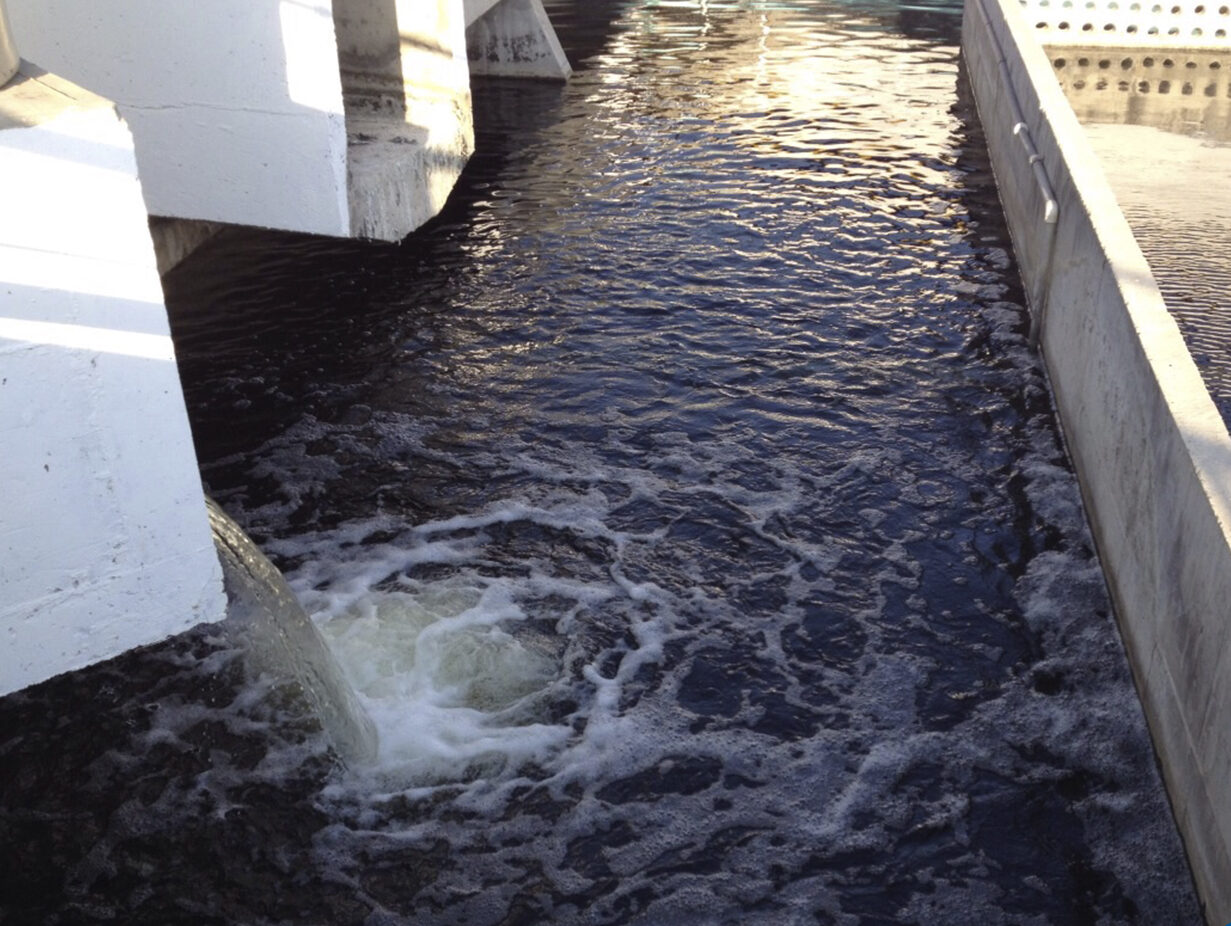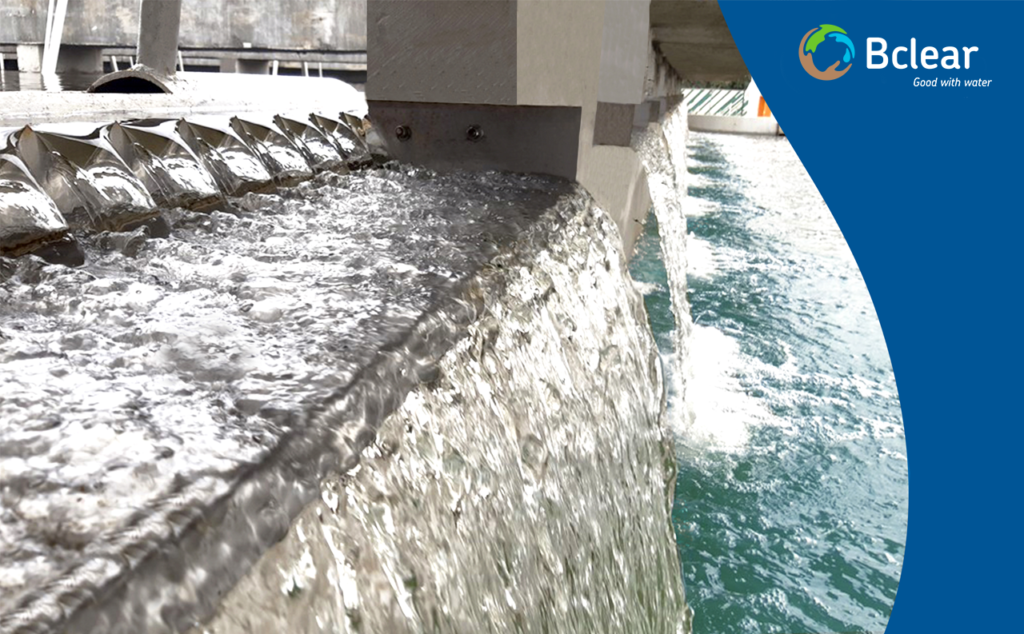A wastewater treatment plant cleans sewage and water to be safely returned to the environment.
Sewage treatment plants remove solids and pollutants, break down organic matter and restore the oxygen content of treated water. They attain these results through four phases: pretreatment, primary, secondary and sludge treatment. Usually, a network of sewers connected to houses, commercial buildings, and street grates delivers wastewater to treatment tanks in a never-ending flow.

Pretreatment Phase
A set of bar screens rakes away large items such as garbage, leaves, cans, plastic bottles, and other waste materials. In many treatment plants, grit chambers regulate water inflow rate so that stones, sand, and glass settle out. The basins hold sewage until it is ready for treatment and handle overflows due to heavy rains. Some plants remove grease and fats off the water surface during pretreatment, while others remove grease during primary treatment.
Primary Treatment
After pretreatment, the wastewater collects in sedimentation tanks. Gravity allows smaller particles to settle out. Mechanically driven scrapers collect solid matter and direct it to hoppers connected to the sludge treatment equipment. If the plant didn’t remove grease and oil during pretreatment, it does so in this phase using surface skimmers.
Secondary Treatment
In this phase WWTP aerates the wastewater in secondary basins, adding beneficial microorganisms to break down organic matter into sludge. Wastewater treatment plants employ many alternative strategies to break down sludge:
· Some plants can culture a mass of microbes and pass the waste material over a biofilm.
· Other plants mix the biomass with waste material, creating activated sludge that can be recycled for reuse.
· Some facilities construct wetlands that decompose organic materials.
· Other technologies used include membrane bioreactors and biological aerated filters.
The resulting wastewater of this process collects and settles in a secondary clarifier tank.
Sludge Treatment
The final phase is to treat the remaining water and biosolids, or sludge. Here, gravity separates organic waste from heavier grit, which can be deposited in a landfill. The remaining primary sludge goes to a thickener, where it is centrifuged and fed to digesting tanks containing anaerobic bacteria -the methane produced in these tanks can be used to power the plant- while the final product stabilized sludge can be plowed into the soil as fertilizer.
The remaining wastewater is treated to remove phosphorus, nitrogen, and other nutrients, disinfected with chlorine, ozone, or ultraviolet light, and then returned to the water supply or water bodies.

All treated water discharge and equipment used by the wastewater treatment plant must meet U.S. Environmental Protection Agency standards.
Bank,, Eric. “How Does a Waste Water Treatment Plant Work?” sciencing.com, https://sciencing.com/waste-water-treatment-plant-work-4896800.html. 28 April 2021.